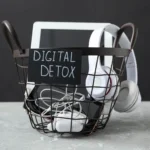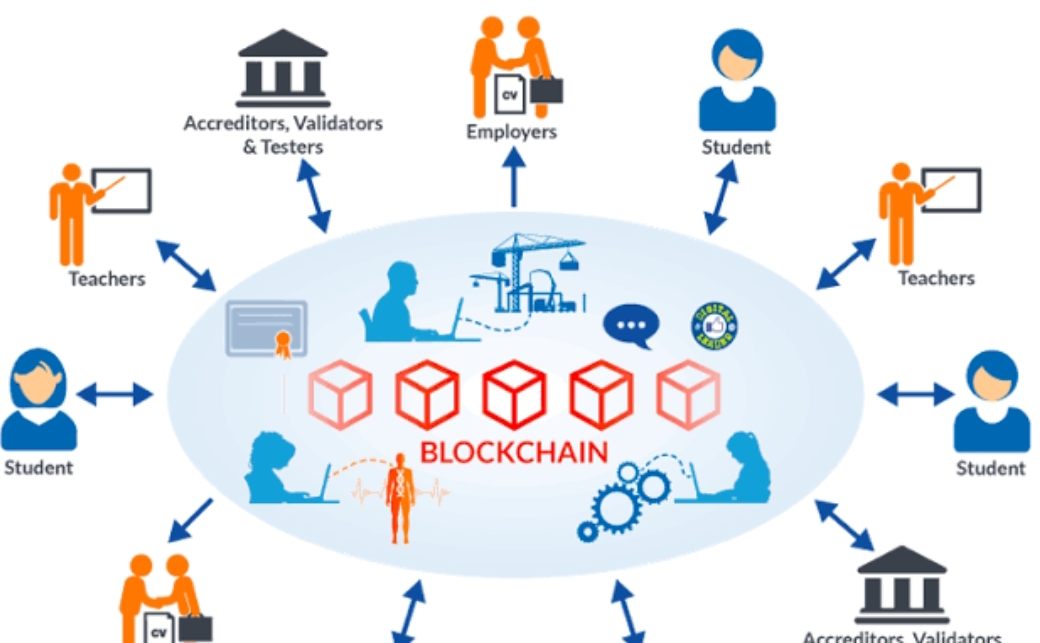
In today’s fast-paced digital world, verifying academic credentials is becoming more complex and time-consuming. Employers and institutions need a more reliable, secure, and efficient way to authenticate qualifications. This is where blockchain technology steps in as a game-changer. By offering a decentralized, tamper-proof system, blockchain could revolutionize credential verification in higher education.
What Is Blockchain Technology?
Blockchain is a digital ledger system that stores data across a network of computers. It ensures that every entry is secure, transparent, and cannot be altered. While originally designed for cryptocurrency, blockchain now has applications in various industries, including education.
Challenges in Credential Verification Today
Fraudulent Credentials
Fake degrees and certificates are widespread, making it hard to distinguish legitimate qualifications.
Time-Consuming Processes
Manual verification of documents often takes weeks or months. This delays recruitment and admission processes.
Lack of Global Standards
Different institutions use varying formats for certificates, causing confusion and inefficiencies.
Loss of Records
Students sometimes lose their physical certificates, and institutions may lack digital backups.
How Blockchain Transforms Credential Verification
Tamper-Proof Records
With blockchain, academic credentials are stored as immutable records. Once added, they cannot be changed or faked. This builds trust between institutions and employers.
Instant Verification
Blockchain enables instant access to verified records. Employers and institutions can check credentials with a single click, saving time and resources.
Global Accessibility
Blockchain operates on a decentralized network. This means students and institutions worldwide can share and verify credentials seamlessly, without worrying about local standards.
Ownership of Credentials
Blockchain gives students control over their academic records. They can share their credentials directly with employers, removing intermediaries.
Cost-Efficiency
By automating the verification process, blockchain reduces administrative costs for institutions and organizations.
Real-Life Applications in Higher Education
Several institutions globally are already using blockchain for credential verification. For example:
MIT (Massachusetts Institute of Technology) issues blockchain-based digital diplomas to its graduates.
In Malta, the government collaborates with blockchain firms to verify student qualifications.
In Nigeria, emerging tech companies are exploring blockchain solutions to combat degree fraud.
Imagine a Nigerian university storing graduates’ credentials on a blockchain. Employers can instantly verify a candidate’s degree without waiting for transcripts or reference letters. This not only boosts credibility but also reduces the risk of fraud.
Benefits for Students and Institutions
For Students: Secure storage of academic records, easy access to credentials, and global recognition of qualifications.
For Institutions: Enhanced reputation, streamlined verification processes, and lower administrative burdens.
Steps to Implement Blockchain in Credential Verification
Adopt Blockchain Platforms
Universities need to partner with blockchain providers specializing in education.
Digitize Existing Records
Institutions should convert paper-based credentials into digital formats for blockchain storage.
Collaborate with Employers
Schools and employers can work together to create a unified system for credential verification.
Educate Stakeholders
Both students and staff need to understand how blockchain works and its benefits.
The Future of Credential Verification
As blockchain technology evolves, we can expect it to become the standard for credential verification. It offers transparency, security, and efficiency that traditional methods cannot match. Higher education institutions that adopt blockchain early will lead the way in academic integrity and innovation.
Final Thoughts
Blockchain is more than just a buzzword—it’s a transformative tool for higher education. By embracing this technology, institutions can ensure that credentials are reliable, accessible, and globally recognized.
What are your thoughts on blockchain in education? Share your insights in the comments.











